Elsa Schiaparelli – is talented designer surrealist. She started with the production of sportwear and grew to fantastic hats in the form of shoes and chop. Elsa called herself a person of art and created innovative things, thanks to which she became one of the iconic figures, by writing her name in fashion history forever.
Childhood
The future vanguard queen was born on September 10, 1890 in Italy. Schiap grew up in an intelligent family – her mother is an aristocrat, her father and next-of-kins are famous scientists and discoverers. The girl was fascinated by stories about ancient cultures and religion. Inspired by Greek myths, Elsa wrote a collection of poems about the nymph hunter – “Arethus”. The content of daughter’s literary creation shocked the parents, and young writer was sent to conventual boarding school in Switzerland. But such decision did not curb creative genius, and the feedback was – an uprising against strict authority of school and announcement of hunger strike. Parents took Elsa home.
The girl was not so beautiful, but she had a lively mind. She was attracted to the study of languages, painting, theater and poetry. At the first opportunity, she fled to London to care for orphaned children.
Adult life
Schiap was interested in philosophy and began to attend theosophical courses. She was interested in one of the lecturers – Willem de Wendt, who claimed to have the ability for extrasensory perception. Detective, doctor, criminal psychologist, holder of many diplomas and no less pseudonyms, the man turned out to be a charismatic conman. The twenty three years old Schiap could not resist his charm, and the day after they met, they announced about their engagement. Relatives were against the rash decision of naive girl, however marriage was contracted on July 21, 1914 in London.

The husband tried unsuccessfully to earn money, using extrasensory abilities. This did not bring income, so young family lived at the expense of Elsa’s parents. A year later, Willy was convicted of fortune-telling and deported from England. The couple lived in Nice, Paris, Monte Carlo, moved to America. In 1917, de Venta was suspected of alliance with communist revolutionaries, and in 1918 he fled to Boston.
On June 15, 1920, Elsa gave birth to daughter, Maria Louise Yvonne Radha, whom everyone called Gogo. Newly father left the family and when baby asked questions about him, Skiap answered that he was dead. Fearing the persecution of her missing husband, the woman changed her child’s name to Schiaparelli.
First steps
To support her small family and pay for painting courses, Elsa leaves for Paris, where she began to work as a guide. The main clientele consisted of wives of wealthy Americans. Ladies were not eager to admire the beauties of the capital of France. Instead of walking around the Louvre, they strived for visiting numerous shops. “By joining the world of haute couture”, tourists bought clothes without thinking, that outraged their guide.
Looking at the excitement in boutiques, Skiap came up with a brilliant idea. She decided that it is possible to create clothes that you don’t want to buy, but at the same time everyone will strive to see it. To shock the public – that was her desire.
The encounter didn’t make to wait for a long time. Having met a friend, Elsa was struck by elegance of his sweater. The man said that the thing was created by an emigrant from Armenia, who lived nearby. The artist went to the master with proposal for cooperation. A few years later, this union made a revolution by releasing a handmade knitted dress with a motive that creates the effect of three-dimensional image.

They started to talk about Skiap. Entire Armenian diaspora in Paris worked around the clock on the first serious order from sportswear store “Strauss”. The friendship of brilliant artist and emigrants brought Elsa recognition and the factory for Armenian women.
The artist founded fashion house, giving it her name – Schiaparelli. It occupied only three rooms and the sign modestly stated: “For sport.” Elsa released her first own collection by synthesizing the motifs of hot Africa with cubism. The second line was bolder – the couturier was inspired by tattoos that adorned bodies of sailors. Outfits were decorated with drawings of hearts with arrows, anchors, which was exotic for that time. Inspired by flight of Charles Lindbergh across the Atlantic Ocean, she sewed a series of clothes “Pilot”.
Becoming a couturier
Fashionistas liked polka dot dresses, prints of “bows” and “collars”. Nowadays knitwear with imitation clasps will not surprise anyone, but in far 1927, such outfits from Schiaparelli became a remarkable novelty. Acquaintance with peerless Salvador Dali played a large role. His idea was to create a picture of “fish ridge”, depicting a surreal lobster and “settled” later on silk scarves and bathing suits.

Soon Elsa was bored with sporty style and switched to evening ladies’ toilets. With the participation of Jean Cocteau, dresses with prints – a pair of female faces looking at each other and creating the illusion of bouquet of flowers standing in a vase, and jacket with pattern that imitates hugs, were born.
In 1932, trio of Skiap, Cocteau and Dali showed the world a collection of jewelry. This is where the geniuses’ fantasy took off! Ornaments, it seems, were created absolutely from everything that caught the eye of artists: stationery, sweets, medicines, feathers of birds … Dali shocked the audience with ear-phones and lobster phone, Cocteau scared the public with All-Seeing Eye collection, Elsa created necklace and bracelet made of dried multi-colored shiny bugs.

Peak of popularity
Schiaparelli’s name was famous. Her novelties were followed by fashionable literary publications. “Stop, Look and Listen” clothing collection created a furore. People were amazed by looking at louis-buttons, extravagant sari painting, evening raincoat dresses. But the real shock was use of zippers in clothes. Before Elsa, no one used it in clothes – only in the manufacture of bags.

The popularity of Schiap has gone beyond the borders of country. The collections “Pagan”, “Butterflies”, “Musical Instruments” were successfully exhibited in Germany. Inspired by rainbow colors of American circus, the artist released line “Circus”. Outfits were decorated with elephants, colorful balls, painted clowns – a riot of color and surrealism. Elsa created gloves, leggings, buttons in the form of frozen figures of gymnasts, hats were like overturned ice cream. Together with Jean Michelle Frank, who prepared the premises for show, fashion designer made a real show during defile. This idea was adopted by other couturiers.

Outfits from famous Schiaparelli shone not only on the catwalk. Gary Cooper, Michelle Morgan, Marlene Dietrich became fans of ingenious inventor. Katherine Hepburn admitted that without Elsa’s incredible dresses, she would never have achieved success in her career. The designer’s clothing was striking beyond the stage looks of celebrities. A multi-year contract was signed between fashion house and Hollywood companies. Skiap herself was surprised at her popularity, calling her own creations crazy.

May West, the sex symbol of the 30s of the twentieth century, became the ideal couple for Elsa’s incredible looks. The screen star is as extravagant as the designer’s collections. The fatal blonde was a frequent visitor to Schiaparelli’s fashion realm and perhaps, made the best advertisement for Elsa. In order not to waste time for trying on, the film star sent to couturier’s workshop a cast of her figure from plaster – in the form of Venus of Milos.

Elsa was inspired by bizarre mannequin and created a bottle for release of her own perfumes. The fragrance under the bold name “Shoking” was dedicated to peerless May. The designer released following perfumes in ornate bottles and the names invariably began with letter “S”.
In 1934, Elsa Schiaparelli will make a double revolution in fashion world. She will open a store in favorite place of promenades among wealthy people – on Vendome Square. For the first time, the history of clothes creation will get the concept of “boutique” – a store selling designer clothes. Thus, the couturier laid down innovative principles, which will then be known as “ready-to-wear” – preparing dresses for upcoming season, sales of finished garments, which are produced in batches.

Shock and provocation
Elsa’s creativity is saturated with surrealism. Her collection was greatly influenced by the collaboration with Dali, Kees van Dongen, and photographers working with this theme. Jean Clement, being a connoisseur of chemistry and graduate of art school, created for Sciap’s clothes unprecedented buttons – spoons, peanuts, paper clips, bullets, symbols from astrology.

For the manufacture of jewelry, Elsa used materials that no one had previously paid attention to. Her jewelry was made of glass, Chinese enamel, aluminum, porcelain, plastic. Parisians with pleasure bought and wore brooches, necklaces and earrings in the form of lips and teeth, radiant carrots, juicy watermelon, replacing luxurious jewelry with them.

Schiap’s unusual perception of world gave rise to bizarre decisions in fashion design. She played easily with form and materials. While women put on pastel-colored fabrics, Elsa boldly offers a “shocking” pink. Her every collection skillfully combined the shades that no one dared to combine before.

The indefatigable fantasy of couturier created a print out of “newspaper clippings”. The text is, of course, about Elsa. Perhaps such an idea would not have occurred to Schiap, if not the meanness of Mademoiselle Coco Chanel. During social gathering, she invited Elsa to sit on a freshly painted chair and said that this would give the designer even more variegation, so beloved by her.

At a time when women did not wear trousers, Schiaparelli suggested a trick – pants that at first glance resembled a skirt. Her divided skirts became scandal in pedantic England – tennis player Lily de Alvarez appeared on the court exactly in such model.
Each creation of Elsa is a provocation, sensation and public recognition. Some special of them are:
Dress-tears – the fruit of creative union with Dali. Evening look with drawing of El Salvador, with a vaul to hips “with tears”, laid out in pink and purple. An illusion was created – the torn flesh of animal outside and tears depicting the fur on the back of fabric.

• Dress with lobster – evening dress made of white silk, decorated with raspberry belt and giant lobster painted on hem. The outfit for the photo shoot was tried on by Duchess of Windsor Wallis Simson.
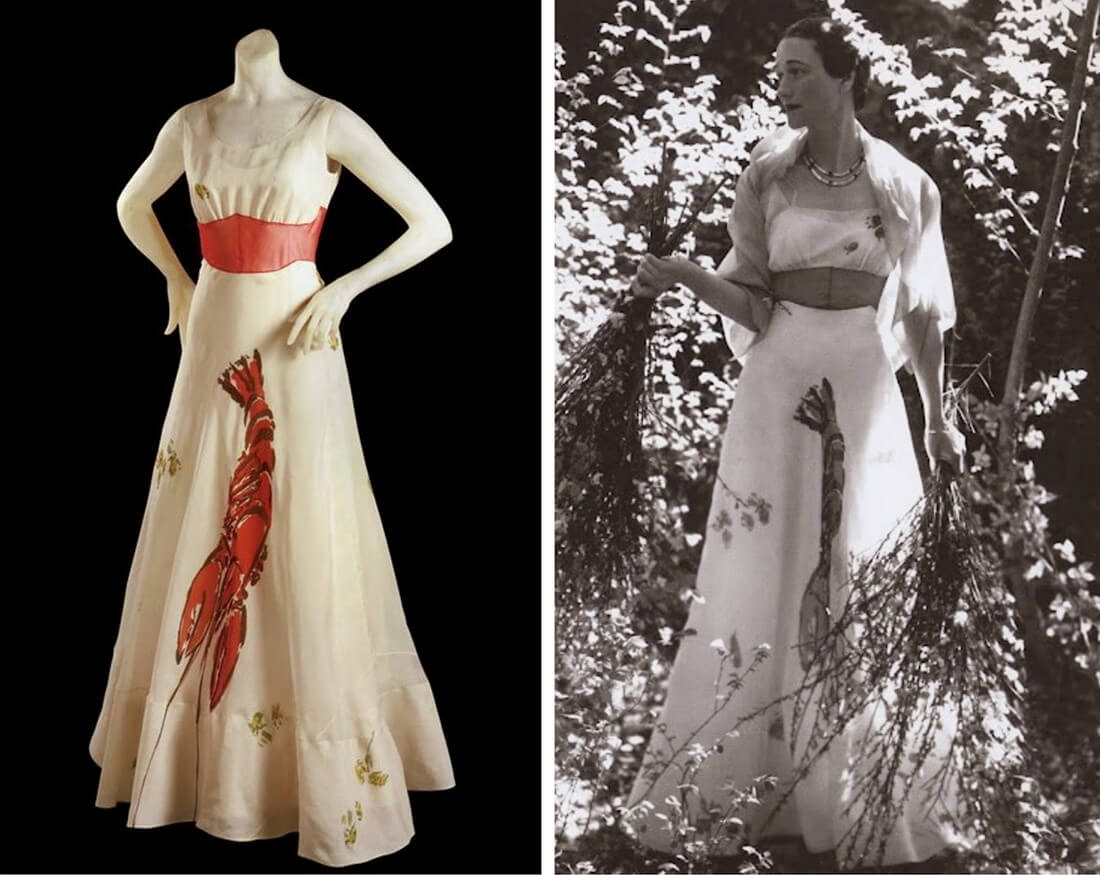
• The hat shoes was created with the help of Dali. A heel of shoes stood straight up, and toe bent to woman’s forehead. Gale and Daisy Fellowes, editor of French Harper’s Bazaar, fell in love with headgear.

Sunset of epoch
The last collection of “Astrology”, released on the eve of war, Schiap dedicated to her uncle, an astronomer. The wardrobe consisted of six dresses, three folding hats and coat. The latter was adorned with celestial bodies and zodiac signs.
In difficult times, clothing production had to stop. Elsa left for United States, leaving firm’s work on the shoulders of manager Bettini Bergeri.
After the war, designer returned to Paris, but she was disappointed there. People have new favorites – Christian Dior, Mademoiselle Chanel. It was not in her power to compete with the new genius, and Skiap’s past merits were forgotten. Elsa found the strength to accept the situation – by having organized the last defile in 1953 and leaving her past triumph behind, the couturier closed the fashion house and published her autobiography “Shocking life”.

Elsa Schiaparelli passed away on September 13, 1973. Eccentric destroyer of borders was buried in silk suit of her beloved “shocking” pink. Schiap has two granddaughters – both are close to art. The eldest became a model, the youngest makes progress in photography.

In 2007, the brand was bought by Diego Della Valle, businessman from Italy. After 7 years, Schiaparelli introduced a new collection. In 2014, Marisa Berenson, Elsa’s granddaughter, and Hubert de Givenchy, published the book “Elsa Schiaparelli’s Personal Album” with photographs from personal archive and interesting facts about the life of couturier.



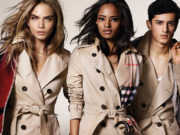
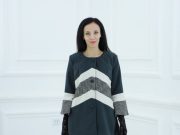
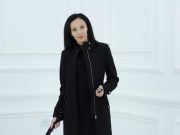
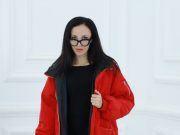
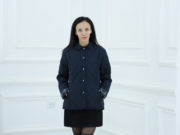

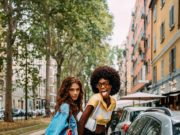
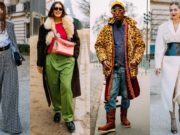
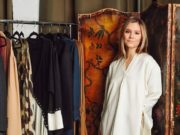
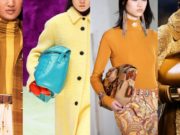
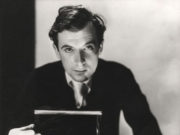
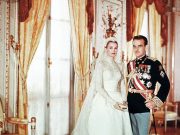

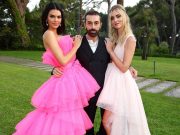
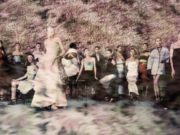




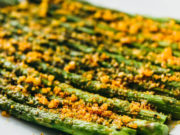
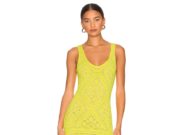
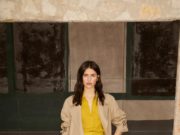
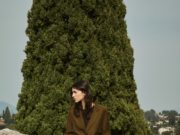
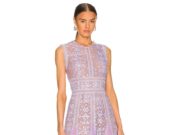
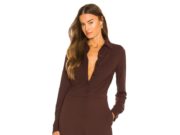

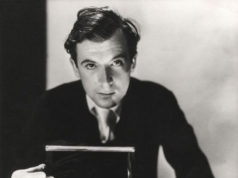
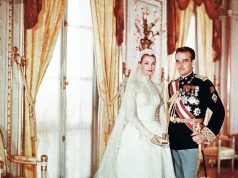
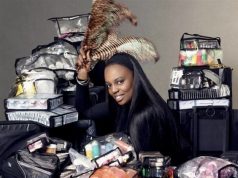
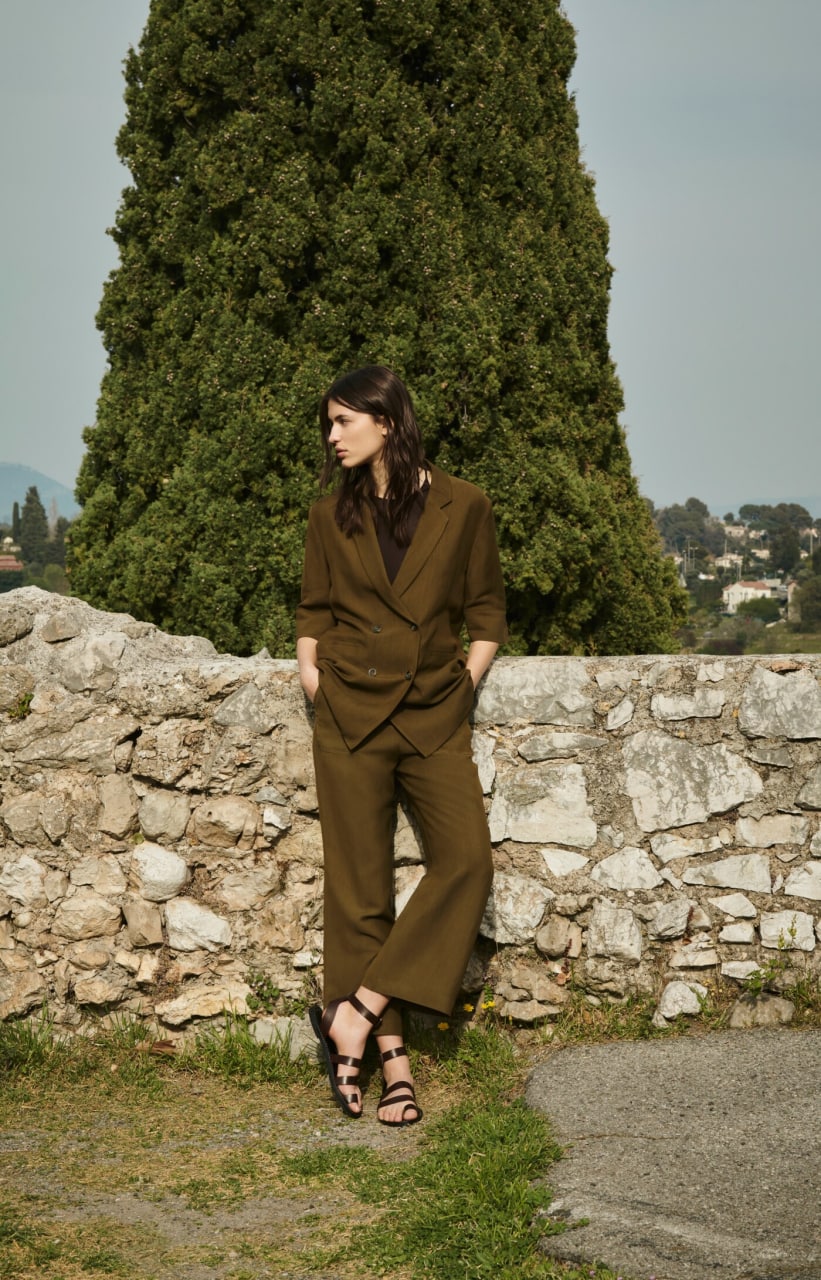
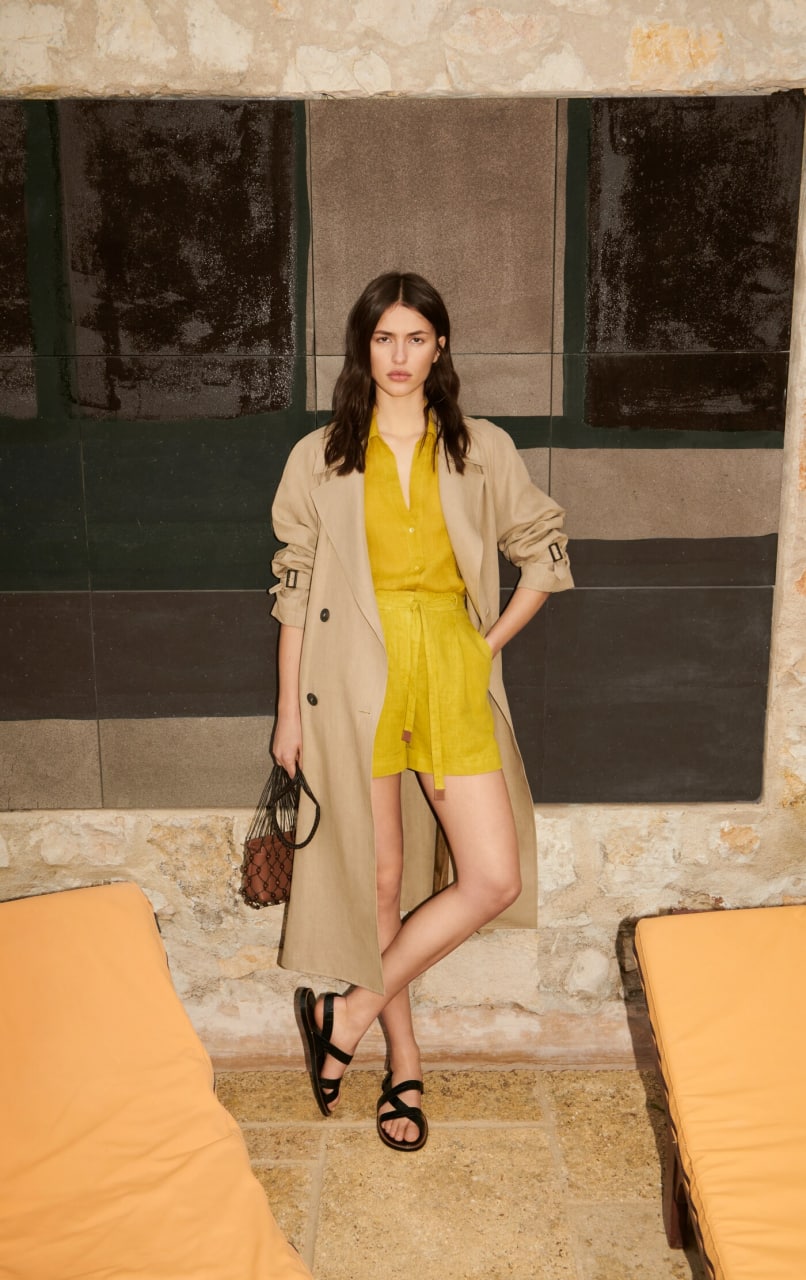




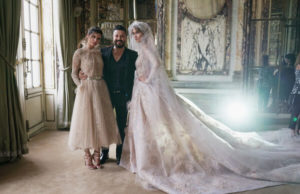















Thank you very much! It is so pleasant to get such feedback!